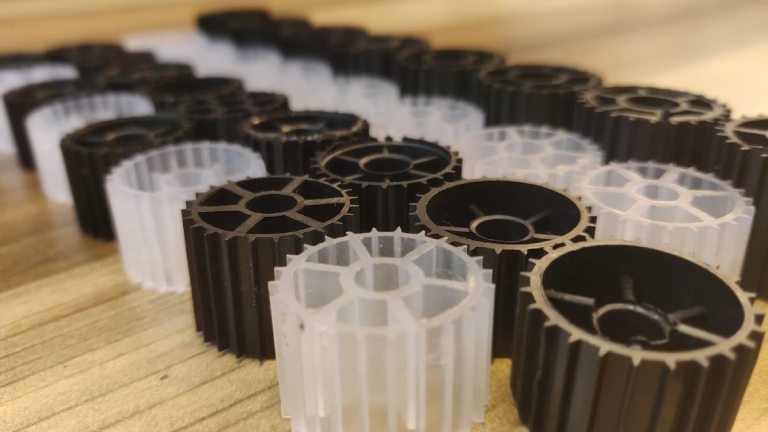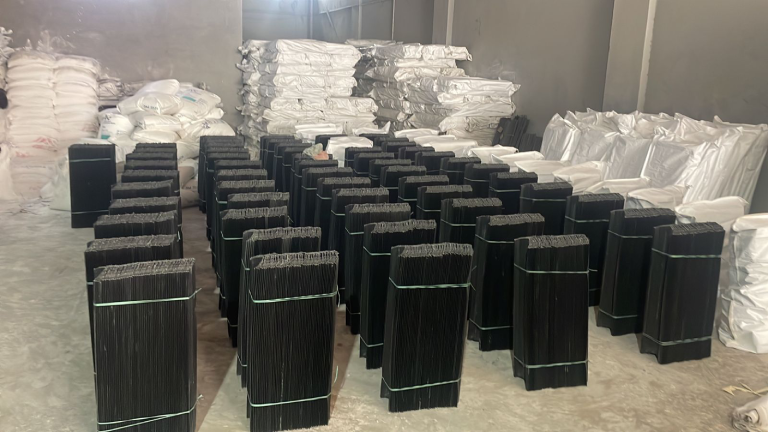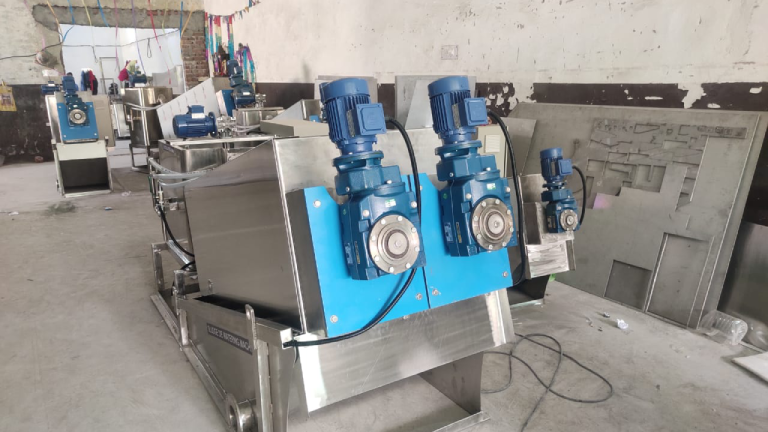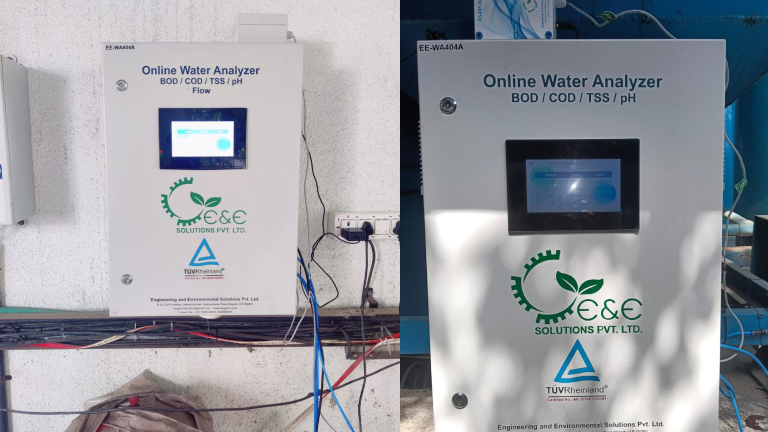Reverse Osmosis (RO)
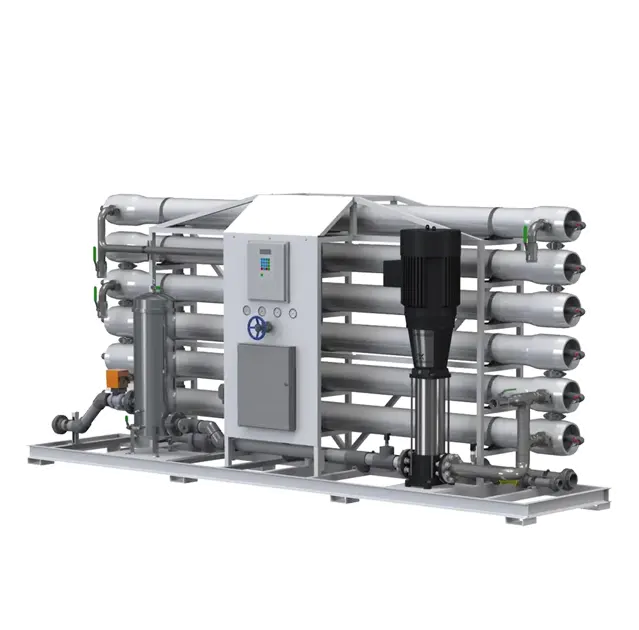
A reverse osmosis (RO) system is a highly efficient water purification technology that employs a semipermeable membrane to eliminate contaminants and impurities from water, ensuring superior quality and safety. The process begins with the application of pressure to water, forcing it through the fine pores of the membrane. This membrane acts as a selective barrier, allowing only water molecules to pass through while trapping a wide range of impurities, including dissolved minerals, chemicals, and other contaminants. As a result, the purified water that emerges is free from harmful substances, making it safer and more palatable for consumption.
Reverse osmosis is particularly effective at removing common pollutants such as lead, fluoride, chlorine, and nitrates, which can adversely affect both health and the taste of water. This technology is widely adopted in various settings, from residential homes to large-scale industrial applications, due to its reliability and efficiency.
